Indecisive about what path to take, Thuli N Chishi always found herself drawn to writing, telling stories, drawing, and talking—a lot.
Published on Sep 16, 2025
Share
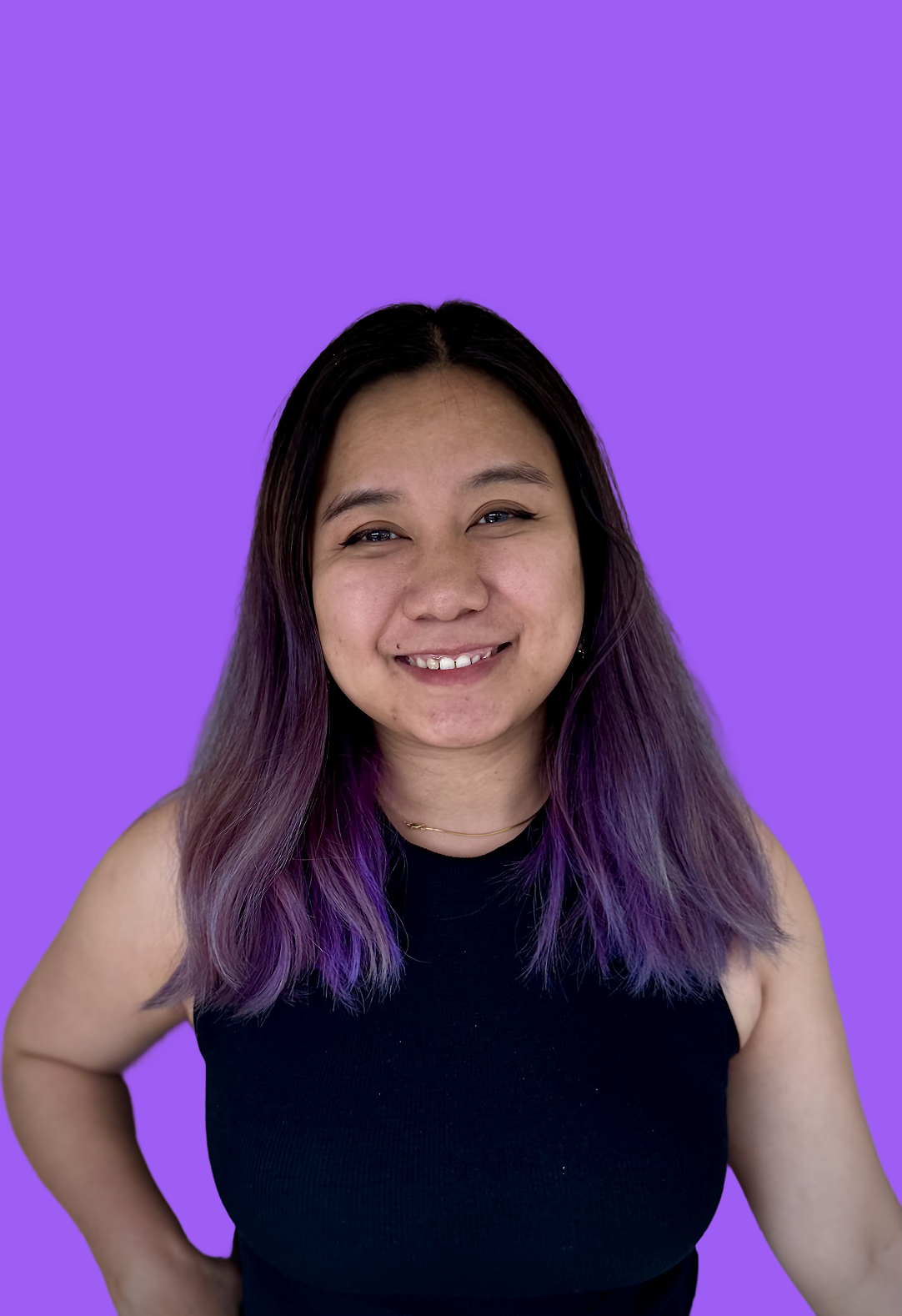
DIMAPUR — Indecisive about what path to take, Thuli N Chishi always found herself drawn to writing, telling stories, drawing, and talking—a lot. Unable to decide, she followed her parents’ wishes and pursued Civil Engineering at Jorhat Engineering College. Those four years, however, turned out to be a hard lesson in realising that Civil Engineering wasn’t for her. She barely scraped through exams until she found some like-minded folks and started an art club, which became the highlight of her time there.
After graduating, Chishi took a year off to figure out her next step. Being an engineer didn’t sit well with her, and government exams weren’t an option. Then, by chance, she came across the CEED exam through a stranger on the internet—it felt like providence. Clearing it led her to IIT Bombay, where she pursued a Master’s in Interaction Design.
That’s where everything clicked. Design allowed her to bring together everything she loved: writing, storytelling, sketching, and connecting with people. It gave her the freedom to apply her skills in different ways, solve problems, and immerse herself in new ideas. Since then, she has explored different facets of design, built her portfolio through internships in Bombay, led a team at Reliance Jio, and now works with Microsoft AI at Microsoft as product design II.
Also read: Kalino Kinimi’s Reflections on Music as a Career
In this interview with Eastern Mirror, Chishi offers guidance for students curious about careers in product design and highlights the skills, education paths, and habits that can help young people in Nagaland and beyond prepare for opportunities in this career.
For young readers, how would you explain what a product designer does?
As a product designer, my role is to understand people and their problems and then design solutions, whether it is an app, a website, a physical object or even a service.
Think of your favourite digital product; think of something you use every day, like WhatsApp. What makes them easy to use, and what makes each feature delightful? Well Product designers have a hand in that. We carve out what people need and design those features, the experiences that make using the product smooth and easy.
What are the main specialisations within product design (e.g., UX, UI, research, content, interaction, design systems)?
Product design is a big umbrella term, and there are many ways to specialise in it.
The most important part of product design is to make sure the user experience (shortened to UX) is right, so we’re also called UX designers in most industries. The core of UX is to make sure that the product we design meets the needs of the users and does not break. For this we do rigorous prototyping, testing and user research to validate each design before it releases to the users. User experience involves an end-to-end understanding of the product and the people we’re making the product for, for which we work on the research, the interactions and the content if required.
Another part of product design is how the product looks and feels, for this we focus on the UI, which means that we work on the design systems and micro-interactions (animations) so that your app not only looks pretty but even your loading screen is delightful.
Given how vast the subject is, some designers tend to specialise in a part of the process, like research, (content) UX writing, prototyping, etc. Since this is a very large topic, I might not be able to cover it here.
How is product design different from graphic design, industrial design, and software engineering?
Design at its core is a universal process: you frame a problem, understand it deeply, apply design thinking, and work toward a solution. The differences between design specialisations come down to the kind of problems being solved and the medium of the solution. A graphic designer focuses on communication with a visual play of images, colours or type. An industrial designer works with physical products, working with form, material and ergonomics. A product designer often works with digital spaces to create apps, websites, and games that are smooth to use and loved.
A software engineer, on the other hand, works closely with digital product designers to execute the code necessary to bring the product to life. The engineers code the product, and the product designers add confidence and delight to the product. In short, a software engineer builds a product, and a designer makes the product loveable.
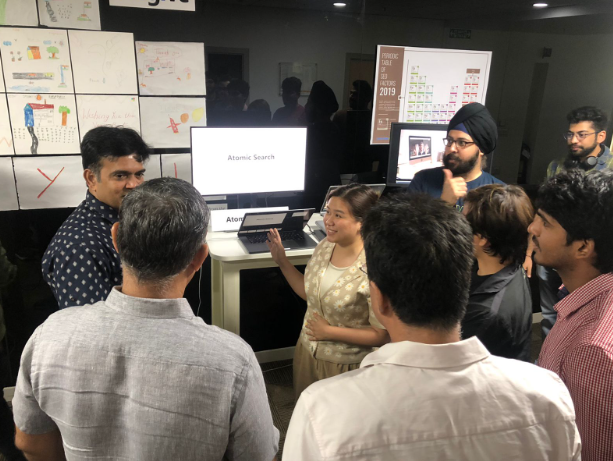
For a student in Nagaland curious about this career, what’s the first step they can take while still in school?
Design is a field that requires curiosity and a creative inclination and is very tolerant of failure at the early stages. Exercise your creativity, whether it's reading, writing, drawing, sculpting, creating anything or asking a lot of questions.
We’re in the age of information; all your questions can be answered a click away. Keep learning, keep exploring.
Which school subjects help most—and why?
I’ve met wonderful designers who were average at school. I don’t think a specific subject helps more than the others. A sense of curiosity and an inclination to create are a great start.
What habits should teens develop now (observation, sketching, journaling, testing) to build design instincts?
Design is experiential and subjective; you won’t know good or bad design till you experience it yourself. The best advice to hone your design instincts is to try new things, tools, apps, and experiences and try to ask questions about why you like or dislike those experiences. Be curious, learn how to be inspired by things around you and, most importantly, empathise. The best designers empathise with people. You can only design solutions that work if you truly understand the problem. And to understand a problem well means to step into the shoes of the people facing the problem. How do you empathise practically? Listen to people and learn to converse with people.
What higher-education paths prepare someone for product design?
There are a lot of elite design colleges, like NID and IITs, that offer design courses. There are bachelor's courses of design available, and IITs offer master's degrees to engineering graduates as well. One can prepare for the Undergraduate Common Entrance Examination for Design (UCEED) for bachelors and the Common Entrance Examination for Design (CEED) for postgraduate design.
There are also various specialised programmes and certifications that are available for design that one can look up online; IDF and IIT monsoon courses come to mind.
Design is also a field that is easily penetrable by designers who are self-taught with little to no formal design education, as long as they build a good portfolio of work.
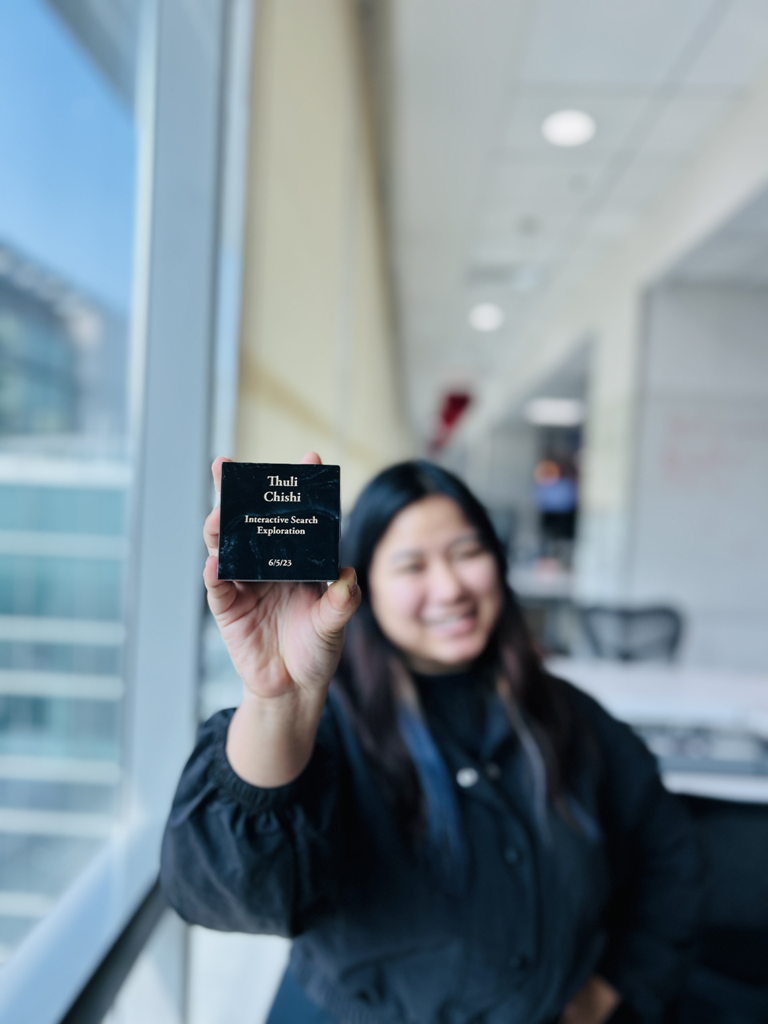
How important is a formal degree vs a strong portfolio in getting the
first opportunity?
In design, the portfolio is usually more important than the degree. It shows how you think, solve problems, and bring ideas to life. A degree from a good college can make the first step into the industry easier because it gives you structure, mentors, and networks. But at the end of the day, it is the quality of your work that gets you noticed and opens doors.
If college options are limited locally, how can a student leverage online courses, communities, and mentors effectively?
We’re at the age of information and easy access to the internet, not to mention at the age of powerful tools like AI; knowing how to wield it is a far greater skill than we can imagine. Leverage those to help you find the resources, mentors, articles and references that resonate with you.
You have the internet to inspire you with good taste and new experiences that will help you build your skills.
When you find mentors, reach out to them to advise & guide you through the career process to establish yourself. Don’t be shy to reach out. The design community is small and surprisingly supportive, and most people are happy to share advice if you approach them sincerely.
What does a good beginner portfolio look like?
A good beginner portfolio need not have a lot of projects, but it should tell your story in the projects you showcase. Highlight why you thought a certain way, why you made the decisions and how you created the solution. It should clearly outline your thinking as well as conclude with what you learnt in the process.
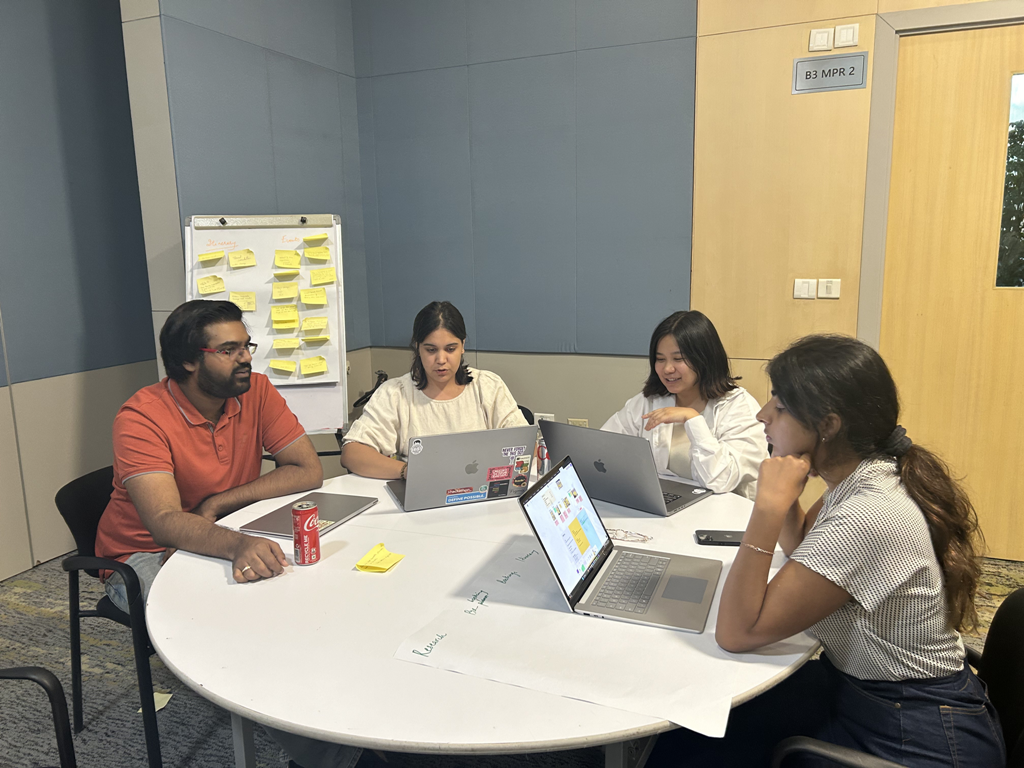
What are realistic entry-level roles (intern, junior designer, researcher, content designer)?
Most students start with internships, but in most companies you will start as a junior designer or a designer and then move up the ladder with experience. Sometimes it is also advised to pick up freelancing roles or personal projects to help build a strong portfolio to break into the industry.
How can someone from Nagaland build a network?
Join online design forums and communities like friends of figma etc, participate in design conferences that happen online; reach out to creators/designers on LinkedIn; and participate in design challenges when they are live. You can start your own small community to start with; I think Nagaland could do with one. You can also reach out to me too if you have questions.
Which AI skills should students learn (prompting, data-informed design, evaluation), and how do they stay human-centred?
Prompting is a good start; learning how to ask the right questions is always a good start. One should be wary about AI outputs not being the most authentic or genuine at times. Asking AI to be able to come up with plans and analyse/compare can be useful, but always double-check and confirm with the sources.
What are common misconceptions about product design that you wish students would unlearn?
That you need to be able to draw well to be a product designer. Drawing is a skill that you will eventually learn if needed at all; the most important thing to hone as a designer is to communicate, to be able to explain and articulate ideas. Of course, if you are intending to be an industrial product designer (physical products, furniture, etc.), you should practise drawing!
Finally, could you share a roadmap for a student in Nagaland to go from curious beginner to intern-ready?
Start small projects, learn the basics of design (utilise the internet!), document your projects, build a portfolio, join design communities and find mentors and apply for internships.
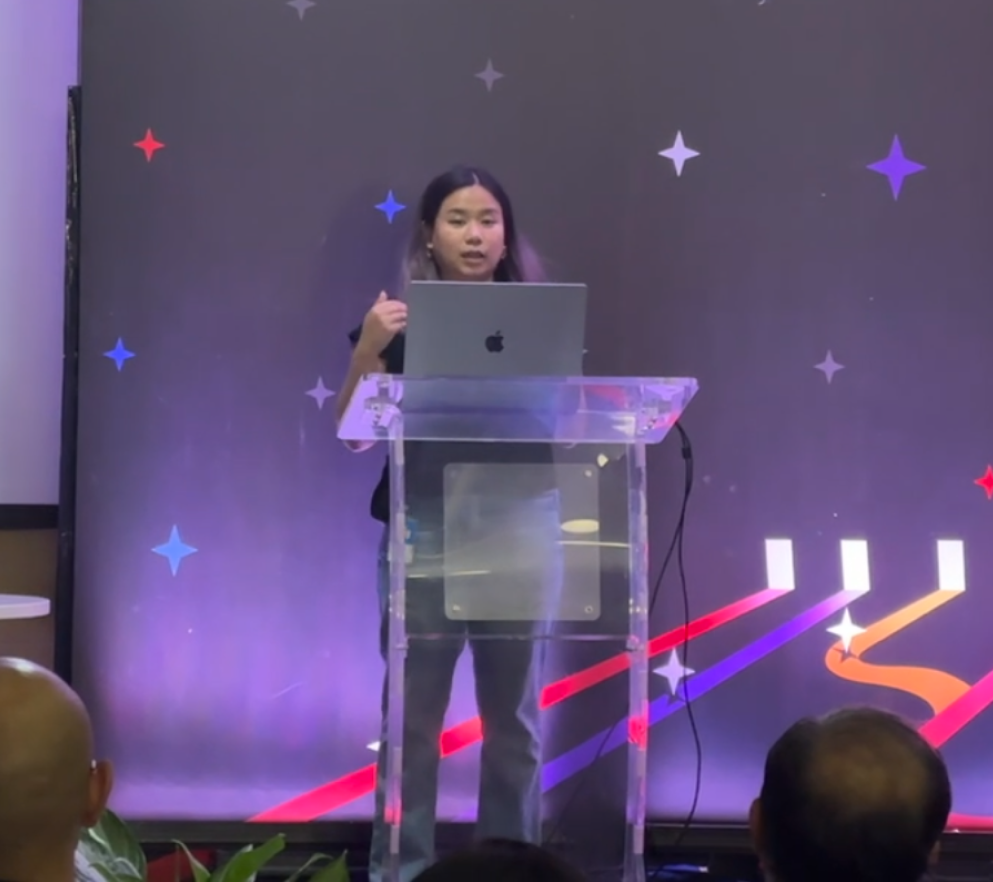
RAPID INSIGHT
If not a product designer, what would you be doing?
A writer or a researcher
One app you wish you had designed.
I would want to redesign and fix all the terrible Government websites
What inspires you outside of work?
Meeting driven and ambitious people, and also indie games!